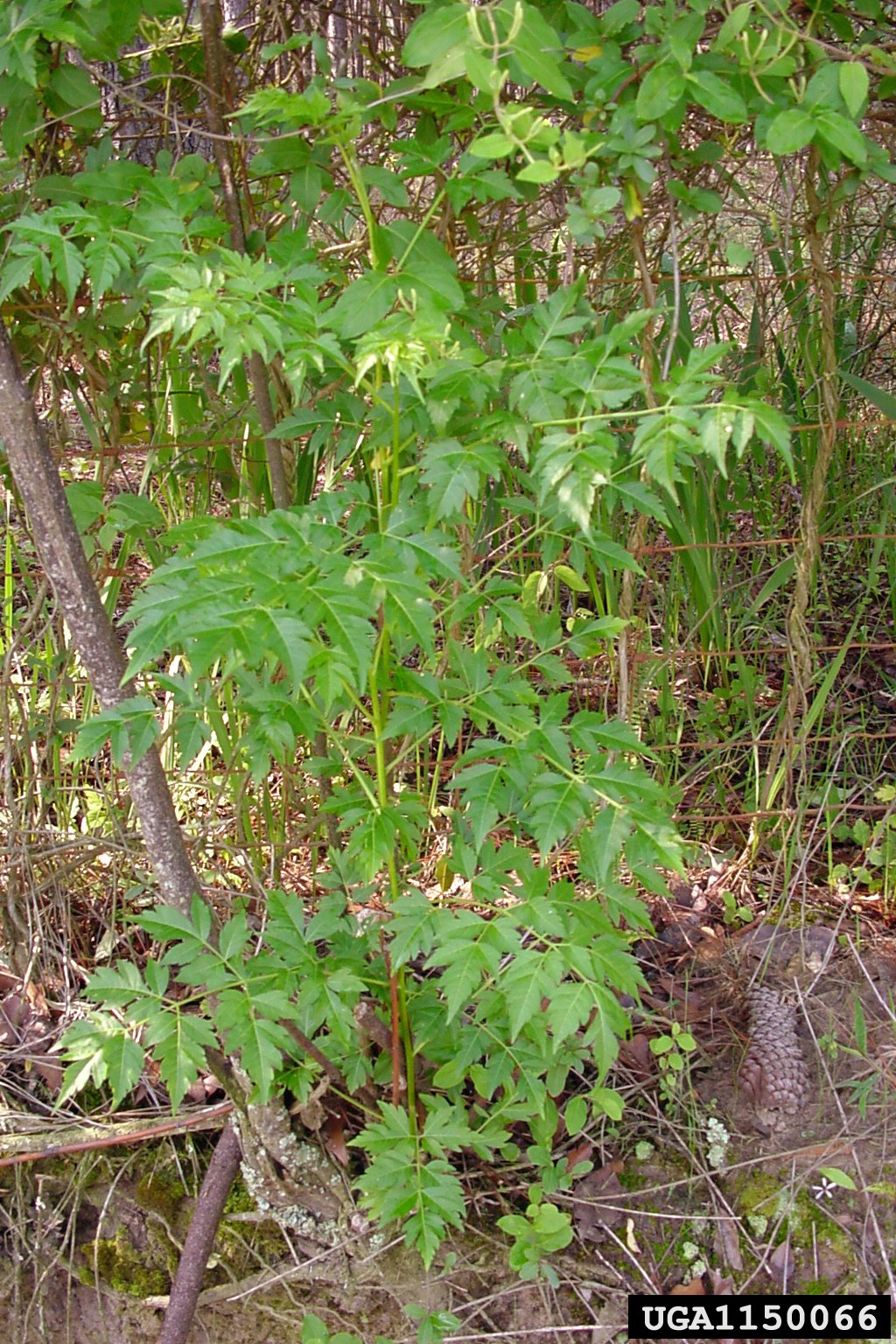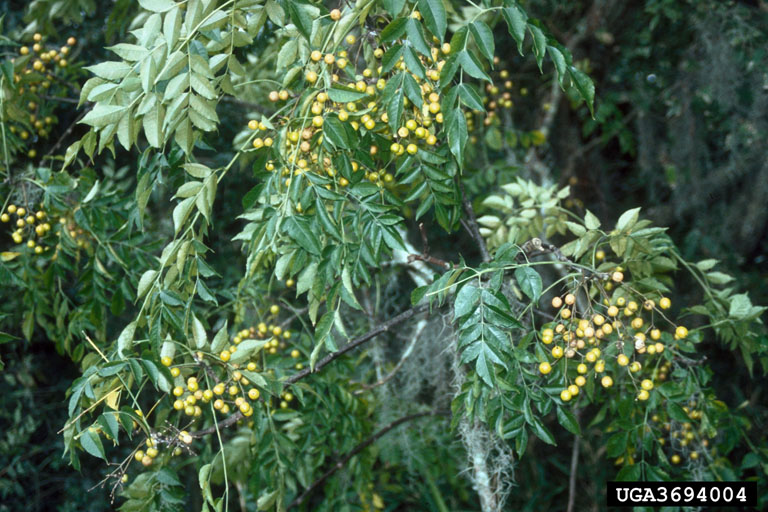 Poisonous Landscape Plants - August 29, 2018 Jeff Schalau, Agent, Agriculture & Natural Resources University of Arizona Cooperative Extension, Yavapai County A poisonous plant can affect people and animals in a range of ways. Exposure to toxic plants may produce symptoms ranging from dermatitis, local mucous membrane irritation, stomach upset, convulsions, heart beat irregularity, serious illness, and death in rare cases. The average person does not go about eating any plant that they come across. However, children, pets, and others may do so. Remember that individuals have varying tolerances to these poisonous compounds. There are also a number of variables that determine how severe the poisoning symptoms may be, such as the age, weight and health status of a person, the quantity of the plant ingested as well as the form that the plant was in at the time of ingestion (i.e., cooked versus raw, ripe fruit versus unripe fruit, etc.). Many plants have developed poisonous properties over generations to discourage herbivory by animals and insects. Think of these toxins as a sort of innate pesticide that protects them from potential enemies. A plant’s poisonous properties should not discourage you from growing them. Just be aware of plants that pose potential risk and take steps to mitigate those risks (removal, limiting access, avoiding, etc.). There is not enough room here to include a comprehensive list of poisonous landscape plants, but below I will discuss a few that are frequently planted in our area. Oleander (Nerium oleander) - all parts are poisonous and contain several toxins that affect the heart. Animal poisonings usually occur when trimmings are thrown into a corral. Human poisonings have occurred when oleander twigs were used for meat skewers. Yew (Taxus sp.) – leaves, seeds, and twigs are poisonous and contains many compounds: some of which are toxic. Many native deer can tolerate ingestion. Livestock death can occur without symptoms. Lantana (Lantana sp.) – green berries of some species are poisonous and contain an atropine-like compound called lantodene. Sheep, cattle, horses, and humans have been poisoned by Lantana. Black Locust (Robinia pseudoacacia) – tree with bark, leaves, and seeds that are poisonous. Children may get poisoned by eating the bean-like seeds. Virginia Creeper (Parthenocissus quinquefolia) – a native vine in which the ripe berries are poisonous if ingested. Chinaberry (Melia azedarach) - Meliatoxins A1, A2 and A3 are found in highest concentration in the fruit, but the bark, leaves and flowers are also poisonous. Many species have been poisoned by chinaberry. Pigs and dogs are poisoned most frequently, usually by ingesting fallen fruits. They show clinical signs within 2 to 4 hours of consumption. This tree is not commonly available, but I have seen them in the Verde Valley where they reproduce by seed (photos are included below). Hyacinth, Narcissus, and Daffodil (Hyacinthus spp. and Narcissus spp.) - All parts of the daffodil and narcissus contain a toxic chemical, lycorine. The bulbs may be more toxic than other plant parts. These plants also contain toxic calcium oxalate crystals. Cherry (Prunus spp.) - Cyanogenic glycosides contained in the seeds and leaves of cherry are broken down when chewed or in the gastrointestinal tract to release hydrogen cyanide: a toxic substance. All livestock species are susceptible to cyanide poisoning, but most cases occur in ruminants because conditions in the rumen favor hydrolysis more than those in the acidic stomachs of other species. Wilted or frost-damaged leaves are very hazardous, as they contain free cyanide. The Internet is loaded with information about poisonous plants. As always, use caution when getting information from the internet. I recommend only getting information from university or government web sites. I have included several toxic plant links below. Prevention is the best way to avoid plant poisoning. You really should identify all the plants in your landscape. If you need help, you can bring a sample to your local nursery or Cooperative Extension office (a flower or fruit is often helpful). Naïve livestock are also very susceptible to poisoning because these animals often sample novel foods. If you have a human poisonous plant emergency call the Arizona Poison and Drug Information Center at 1-800-222-1222. If a person is having difficulty breathing, experiencing seizures, or is unconscious, call 911 immediately. Consult your veterinarian for information and diagnosis of animal poisonings. Follow the Backyard Gardener on Twitter – use the link on the BYG website. If you have other gardening questions, call the Master Gardener help line in the Camp Verde office at 928-554-8992 or e-mail us at verdevalleymg@gmail.com and be sure to include your name, address and phone number. Find past Backyard Gardener columns or provide feedback at the Backyard Gardener web site: http://cals.arizona.edu/yavapai/anr/hort/byg/. Photos  Chinaberry (Melia azedarach) leaves (Chuck Bargeron, University of Georgia, Bugwood.org).
Chinaberry (Melia azedarach) leaves (Chuck Bargeron, University of Georgia, Bugwood.org). Chinaberry (Melia azedarach) berries (Cheryl McCormick, University of Florida, Bugwood.org).
Chinaberry (Melia azedarach) berries (Cheryl McCormick, University of Florida, Bugwood.org).Resources Poisonous Plants in the Landscape University of Georgia Extension secure.caes.uga.edu/extension/publications/files/pdf/C%20957_3.PDF Common Poisonous Plants and Plant Parts Texas A & M AgriLife Extension aggie-horticulture.tamu.edu/earthkind/landscape/poisonous-plants-resources/common-poisonous-plants-and-plant-parts/ Livestock-Poisoning Plants of California University of California Agriculture and Natural Resources anrcatalog.ucanr.edu/pdf/8398.pdf Poisonous Plants (related to pets) American Society for the Prevention of Cruelty to Animals (ASPCA) www.aspca.org/pet-care/animal-poison-control/toxic-and-non-toxic-plants |